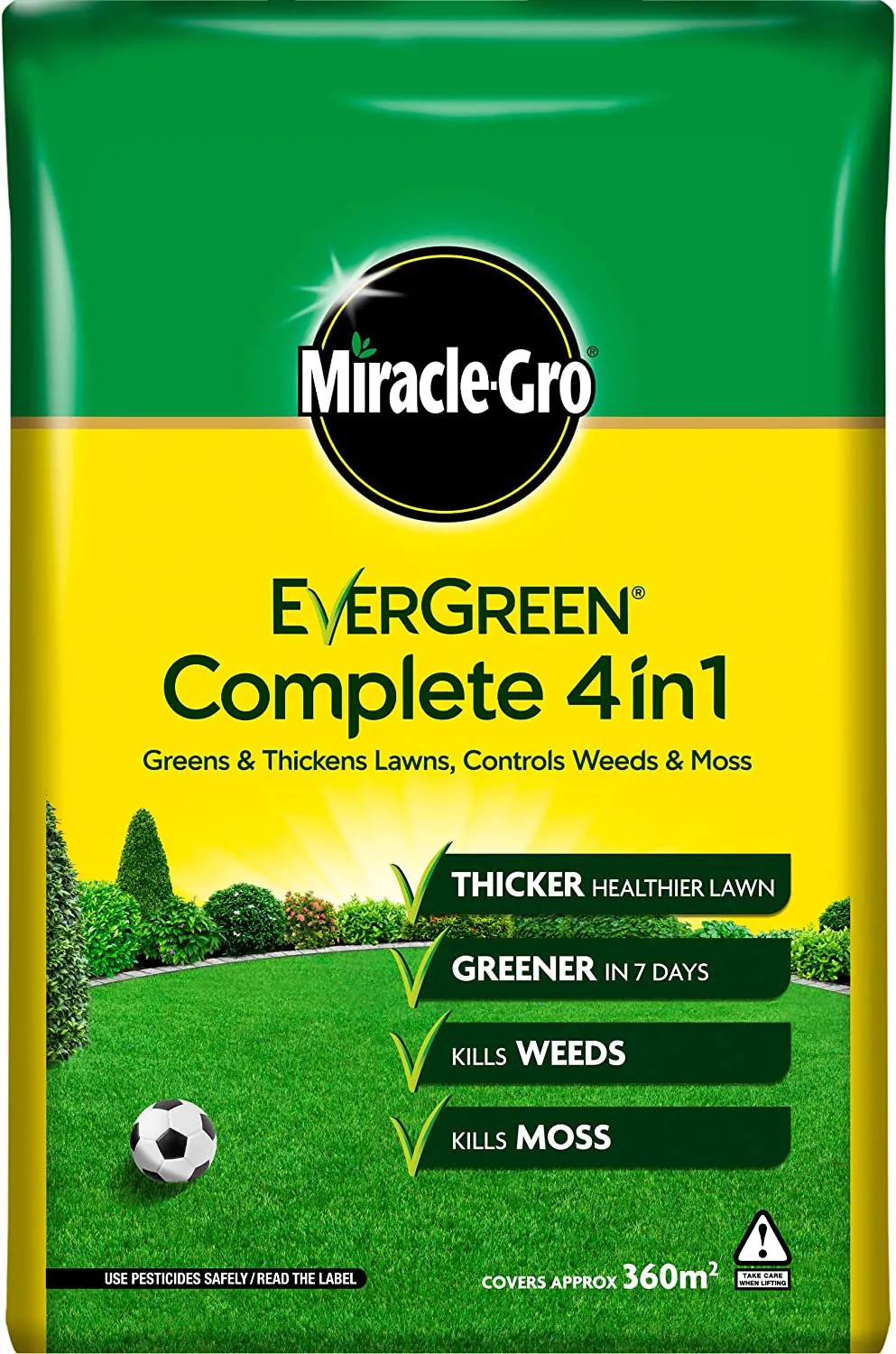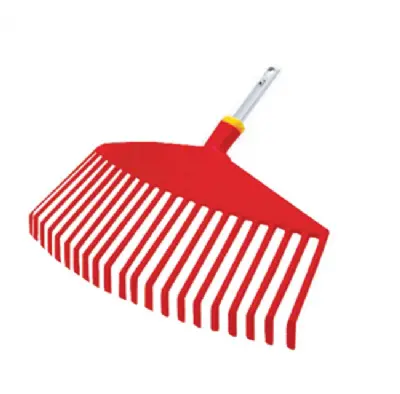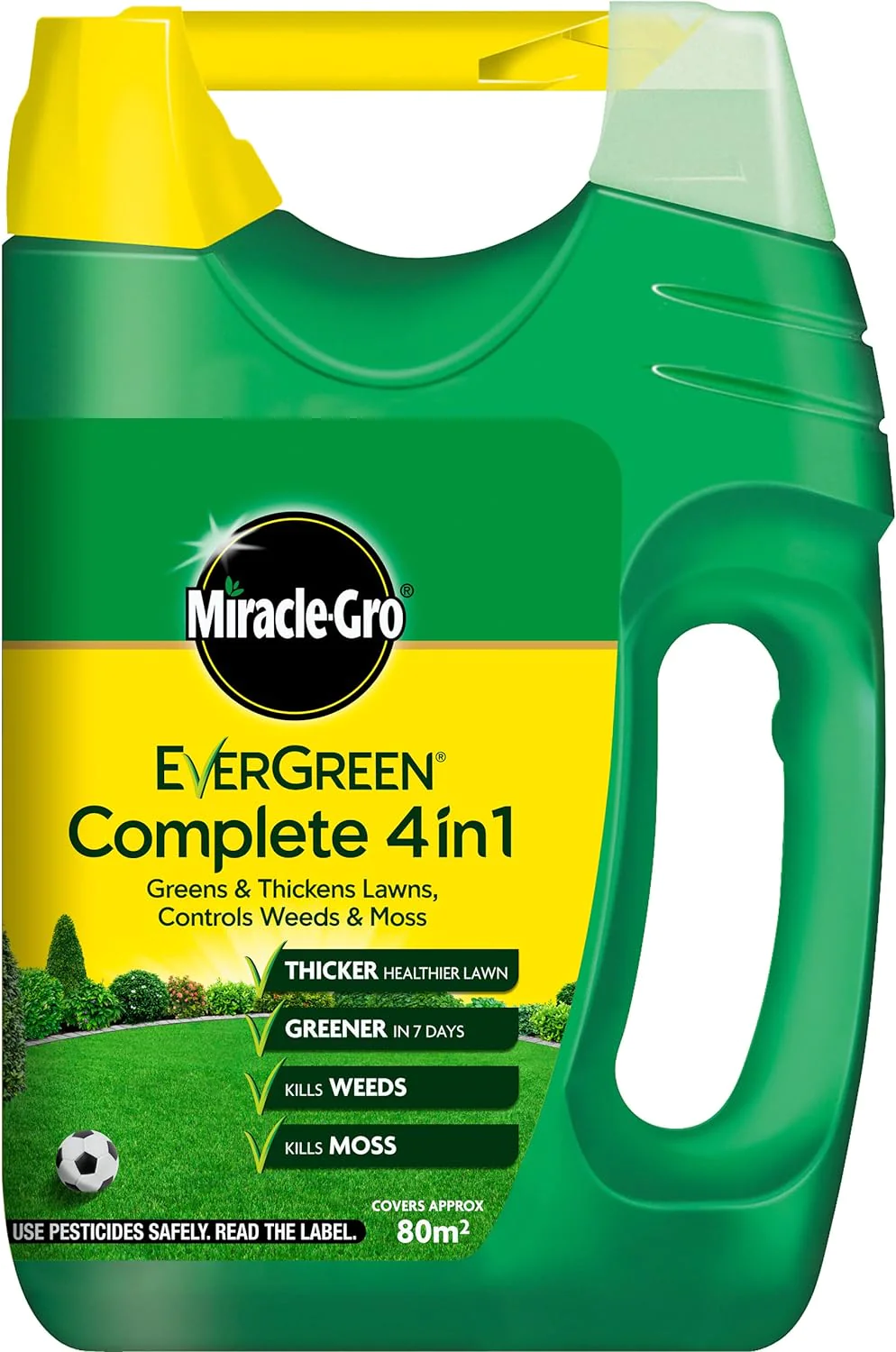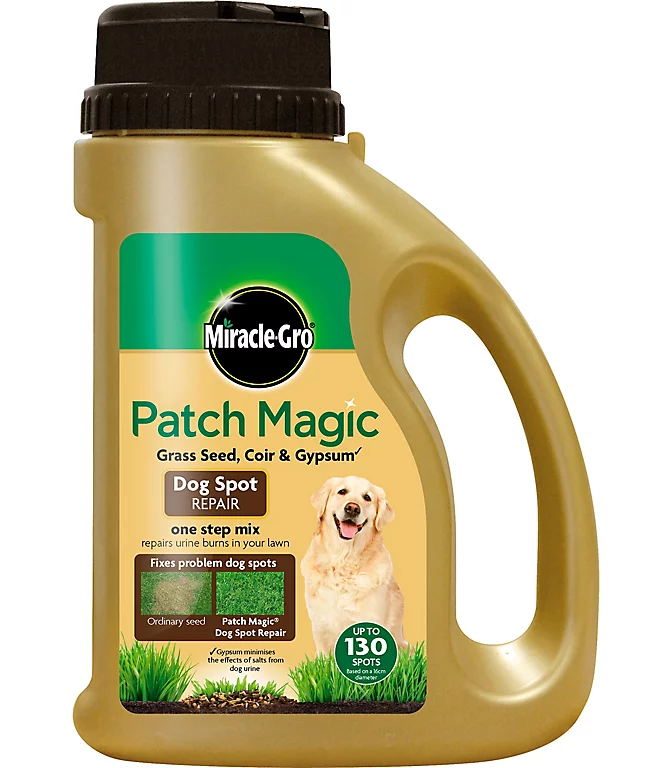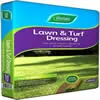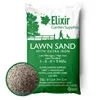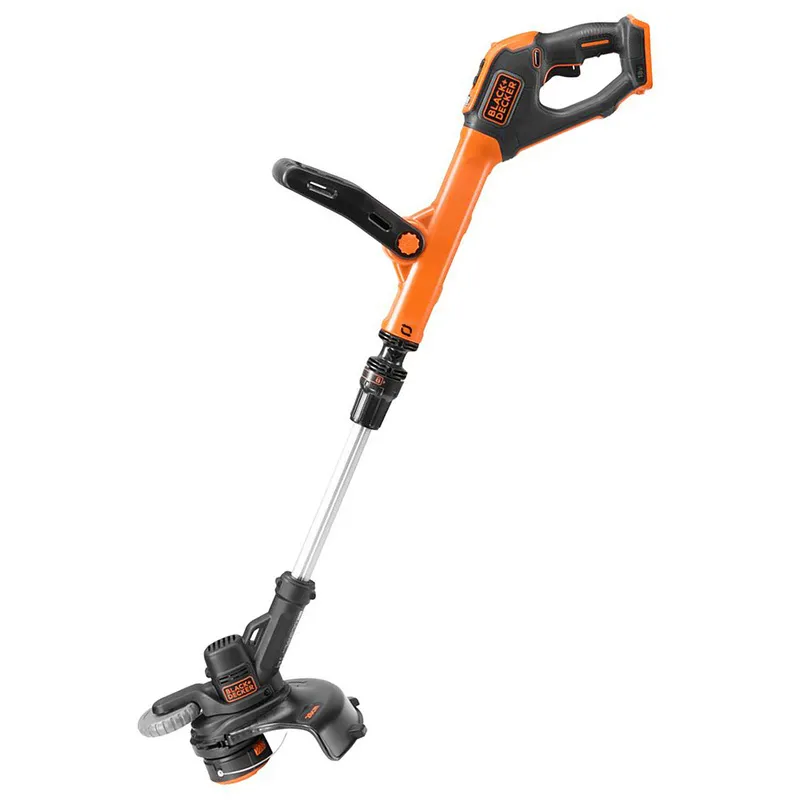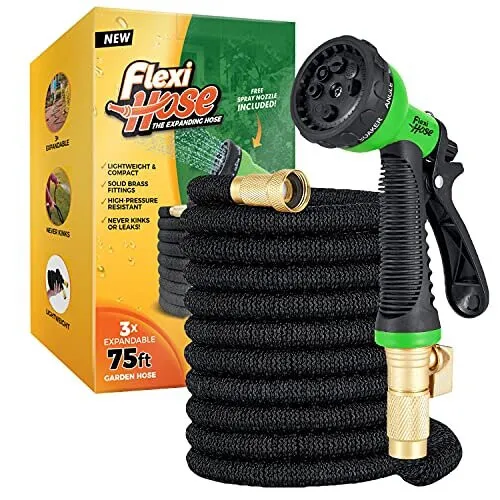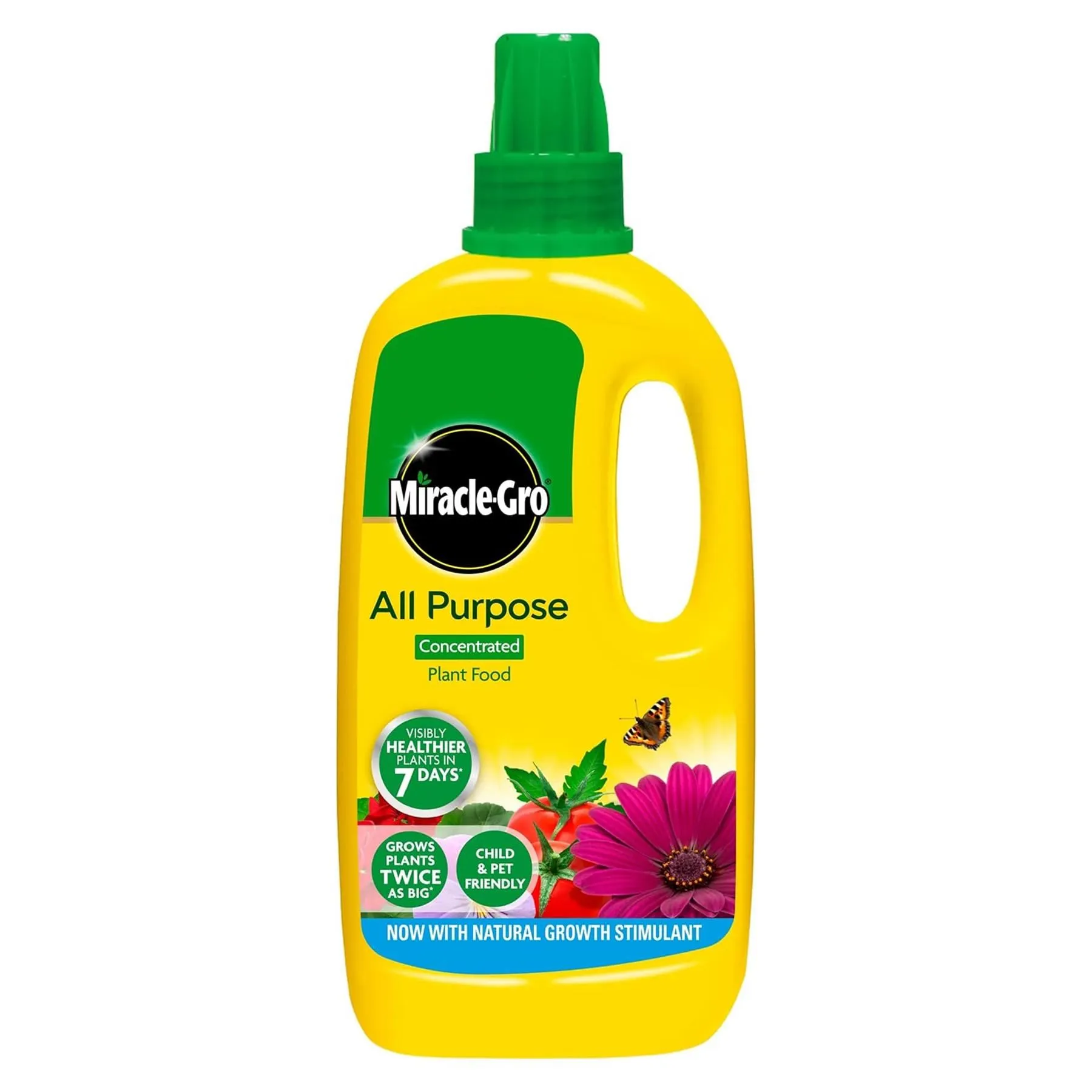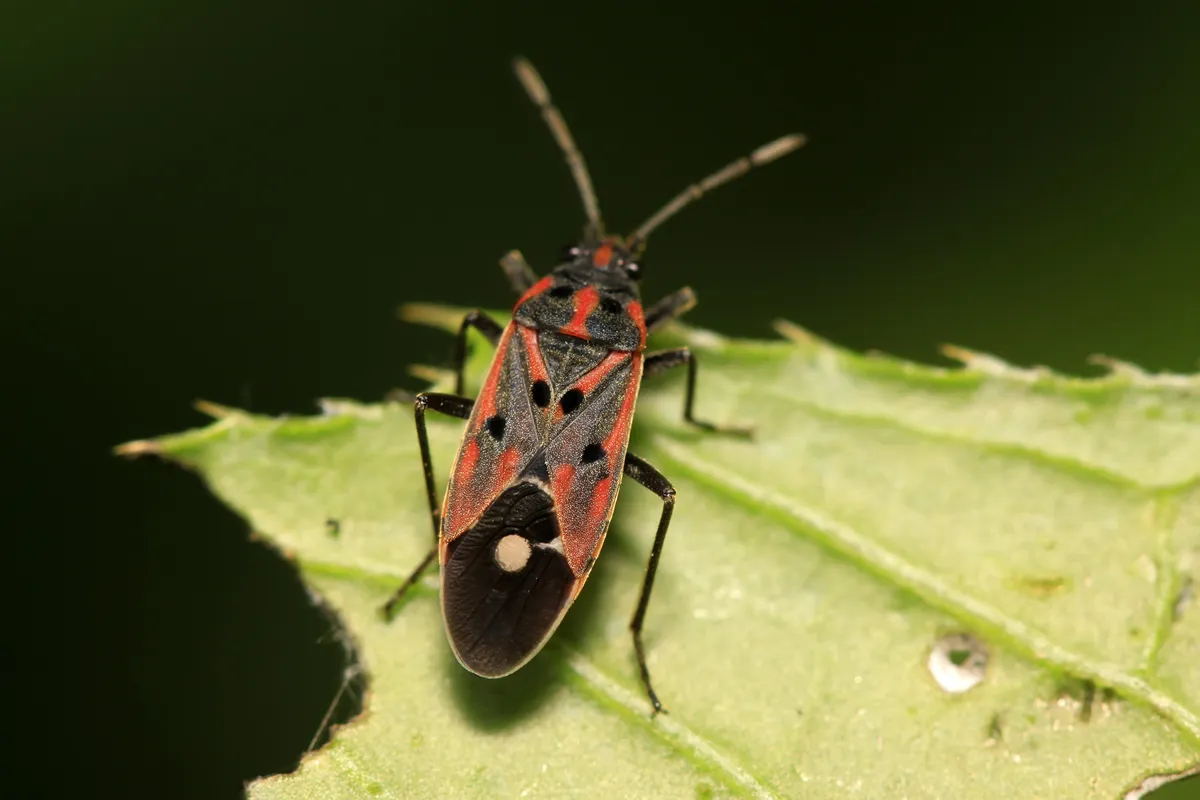
Chinch Who? Understanding the Enemy
Before we suit up for the battle, it's crucial to know your adversary. Chinch bugs are small, 1/5 inch long, with a distinctive black body, white wings, and reddish legs. They dine by piercing grass blades and sucking out the sap, all while injecting them with a secretion that further damages the grass. Their target of choice is typically St. Augustine grass, with Bermuda and Zoysia varieties coming in a close second. But why are they the gardeners' foes?
Feeding Habits of Chinch Bugs
Like silent killers, chinch bugs dine in groups, sucking the life out of your lawn in their 'circles of doom'. They start by feasting on the lower parts of grass blades, working their way up and leaving behind a brown husk that's a far cry from your lawn's vibrant health.
Their Preferred Habitat
These pests prefer warm, dry environments – think southern lawns and those in arid climates, but don't mistake their preference for a weakness. Chinch bugs can adapt to different conditions, so no lawn is entirely safe from their reach.
Signs of Chinch Bug Infestation
Spotting a chinch bug is no easy feat due to their elusive nature, but their presence leaves a distinct trail of destruction.
Grass Discoloration
Your cue to cue in for chinch bugs is when your lawn takes on a discoloured look. Instead of a uniform green spread, you'll notice patches fade to a straw-like brown. These areas are a sign of the bugs' feeding frenzy and reflect the weakened state of the affected grass.
The 'Float Test'
A secret weapon in your arsenal is the 'float test'. Fill a bucket with soapy water and drench a spade's worth of turf, watching for the bugs emergent within 10-15 minutes. This test helps confirm their presence where the naked eye may fail.
The Damage Chinch Bugs Wreak
Chinch bugs may be small, but their impact on a lawn's health is anything but insignificant.
Weakening the Grass
By sapping the moisture and nutrients, chinch bugs make grass susceptible to various maladies, turning your lawn into an all-you-can-eat buffet for more destructive pathogens.
Creating Ideal Conditions for Disease
This susceptibility can lead to secondary fungal diseases such as Pythium and Fusarium, which thrive in the weakened grass and will further disfigure your lawn.
Understanding the Life Cycle of Chinch Bugs
To predict the enemy's movements, you must understand their life cycle.
Egg – The Dormant Phase
It all starts with eggs laid in the spring around the base of grass plants. They hatch in about a week, and the baby nymphs are tiny, red, and ready to feed.
Nymph – The Feeding Frenzy
Over the next 6-8 weeks, the nymphs feed and molt, getting larger and more destructive by the day.
Adult – The Mating Phase
They reach adulthood in about six weeks and become reproductive. The cycle then continues as they lay more eggs, potentially granting you multiple generations of lawn adversaries in one season.
Best Practices for Prevention
The best defence is often a good offence. And with chinch bugs, a combination of smart seeding practices and vigilant care will keep them at bay.
Regular Lawn Care
Keep your grass height at a mid-length, cleaning up clippings and thatch, which can provide a cozy home for bugs.
Proper Watering Techniques
Most pests, including the chinch, prefer dry lawns. Consistently watering in the morning when the grass needs it can disrupt their preferred environment.
Fertilisation
A well-fed lawn is less susceptible to pests. However, avoid excessive use of nitrogen-heavy fertilisers that can paradoxically attract chinch bugs.
Natural and Chemical Remedies
When the puny pests become a plague, it's time to consider your next move – but be strategical.
Eco-Friendly Solutions
There are a few eco-friendly lines of defense, such as neem oil and diatomaceous earth, which can deter or dehydrate chinch bugs effectively without leaving harmful residues in your environment.
Chemical Control
When the infestation crosses the line, chemicals remain an option. Look for granular or liquid insecticides labelled specifically for chinch bug control, following the instructions to the letter.
The Importance of Early Detection and Treatment
In this war, timing is pivotal. Detecting the bugs ASAP can mean the difference between a quick battlefield remedy and a long-winding campaign to restore your turf's glory.
Vigilance Pays Off
Make it a routine to inspect your lawn often, especially during chinch bug's peak activity in the hottest months. Catching them early can prevent large-scale damage and make treatment easier.
Swift, Targeted Action
When you do find them, act swiftly. Use multiple measures, including natural and chemical, for a layered defence ensuring any survivors are met with a fortified lawn.
Militant Lawns, Resilient Gardens, Serene Environments
Your turf is your canvas, and a masterpiece is not complete without the serenity of a green sea. Chinch bugs are but a test; with preparedness, knowledge, and a touch of green thumb, your lawn will stand as a bastion against these invaders. Bring out the battalion of beneficial insects, arm yourself with knowledge, and fight back with the finesse and strategy that befits a garden warrior. Your yard can – and will – thrive, even in the shadow of chinch bugs.
Call-to-Action
The community of gardeners thrives on shared experiences. We'd love to hear your battles against the chinch bugs – the strategies that worked, the missteps that were lessons in disguise, and the tales of triumph. Join the conversation in the comments, and if you're looking for tested pest control products, check out our recommendations here. Your allies in the fight against chinch bugs are just a click away.


